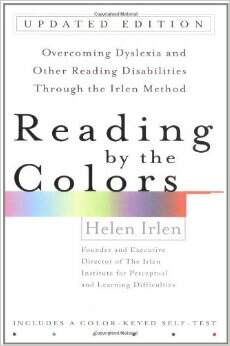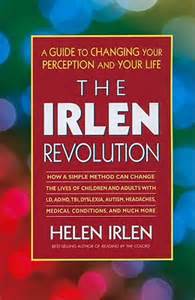The assessment for Irlen Syndrome / Scotopic Sensitivity is a two step process.
First assessment: Diagnostic Session
The first assessment can be carried out by Irlen Diagnosticians and Irlen Screeners.
This session, also called the Irlen Screening, involves completing the visual perception assessment called the Irlen Reading Perceptual Scale (IRPS). This assessment measures the level of visual perceptual difficulty and discomfort when looking at black patterns and text on a white background. Once this is completed the Irlen coloured overlay assessment is implemented. The overlay assessment will determine whether a particular Irlen coloured overlay relieves or minimises visual perceptual difficulty and discomfort.
The Diagnostic Session determines whether a person has Irlen Syndrome / SSS and establishes if Irlen Spectral Filter Lenses will be required to eliminate, or reduce significantly, a person’s visual perception difficulties.
Second assessment: Treatment Session
Testing to identify the correct Irlen Spectral Filter tint can only be conducted by certified Irlen Diagnosticians.
The second session, also called the Irlen Spectral Filter Lens Tint Assessment, is necessary for those who show moderate to significant improvement with Irlen coloured overlays. In this session the precise Irlen Spectral Filter tint required will be determined by targeting the specific wavelengths of light which contribute to a person’s Irlen / SSS symptoms and perceptual difficulties. The precise tint will be worn as glasses or contact lenses. This specific tint colour may be very different to the Irlen overlay colour as there are a limitless number of Irlen tints available.
Note:
Coloured lenses provided by optometrists and vision specialists to treat reading and perceptual problems are NOT the same as Irlen Spectral Filters, and are NOT appropriate to treat those with Irlen Syndrome / SSS. These professionals do not have the necessary diagnostic training to complete the Irlen Spectral Filter lens tint process.
Inaccurate tint selection can cause additional or worsened visual stress and perceptual difficulties. It can result in fragmented brain processing causing headaches, eye strain, further reading difficulties and increased perceptual distortions.







